Introduction
Chennai has increased its waste generation from 600 to 4,500 metric tons per day (tpd) in just over two decades. As per some studies, Chennai is also the highest per capita waste generator among cities in India at 700 gms per person per day. Unfortunately, the city’s waste management infrastructure has been unable to keep up with its rapid growth. The Greater Chennai Corporation (GCC) is spending more funds than ever on hauling contracts and other short-term solutions, while the city has failed to think about the issue of waste with a view towards long-term sustainability. In this storymap, you will see how waste is generated across the city but hauled by trucks to the city’s landfills in Kodungaiyur and Perungudi.

scroll
Street Sweeping
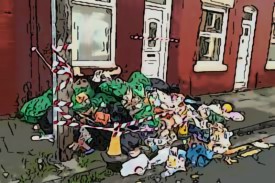
Waste is collected by conservancy workers engaged by GCC and Ramky, a private firm contracted for SWM in Zone 9, 10 and 13, from streets. In these three zones, Ramky is responsible for door-to-door collection, transportation to the Perungudi landfill, street sweeping and maintenance of dumpsters. However, in 2014 nearly 80% of people surveyed in Ward 173 (Zone 13) said that they did not receive door-to-door-collection services.
Dumpsters

The GCC places large green dumpsters on streets for people to dispose their waste. This is the primary mode of disposal used by households and small commercial establishments. Many dumpsters can be seen to be overflowing or overturned, and their immediate vicinity strewn with garbage, and also become locations of open urination.
Bulk Waste Producers

Bulk waste producers (BWPs) are generators of waste that exceed an average of 100 kgs per day. They include commercial and non commercial establishments that generate both wet and dry waste. At present, bulk waste producers either dump their waste in GCC bins or have the GCC lorries pick up the large quantities of waste directly from the premise. Despite the SWM Rules 2016 that mandate BWPs take responsibility for their own waste, we see them continue to brazenly evade their responsibility.
Collection from households

Tricycles or small vehicles traverse through narrow streets, collecting garbage from door- to- door. The garbage is then emptied into large dumpsters stationed on every street corner. Each ward in the city is allotted 5 to 12 tricycles depending on the area of the ward.
Transfer stations
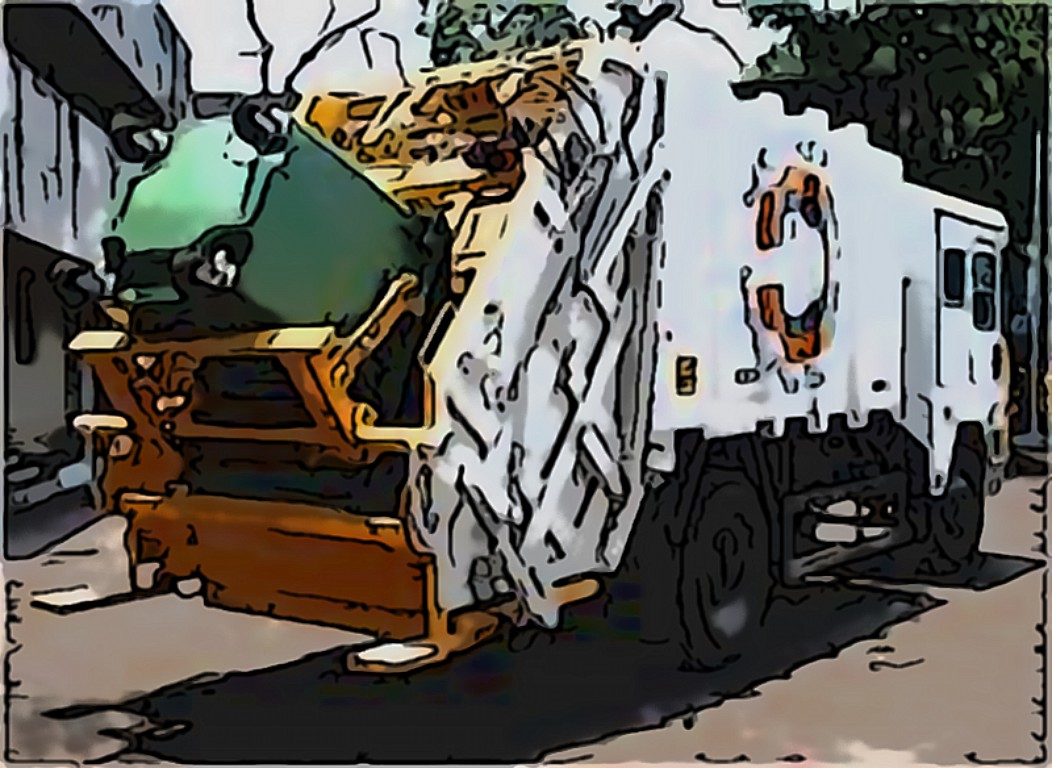
Transfer stations act as common points of garbage collection for every zone. There are a total of 11 transfer stations in the city of Chennai. To optimise transport, large trucks/ compactors haul the waste from street dumpsters all the way up to the city’s dump yard.
Kodungaiyur waste yard

Chennai city generates close to 4,500 tons of garbage on a daily basis. The Kodungaiyur waste yard is surrounded by residential neighbourhoods in the northernmost part of the city of Chennai. Garbage from zones one to eight are carried by tipper trucks to the Kodungaiyur waste yard, which is a stretch of land of 270 acres.
Perungudi
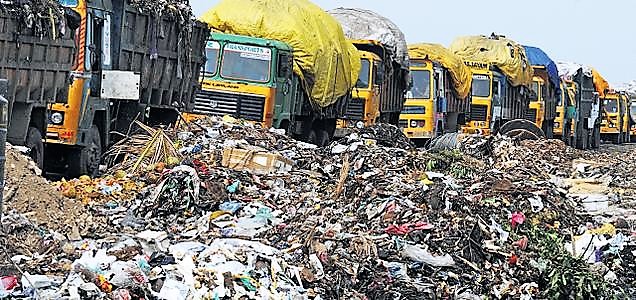
The Perungudi dump yard is one of the two major dumpyards in the city. The garbage from the remaining seven zones are heaved to the Perungudi landfill in South Chennai. What was once a 50 hectare marshland, a home to migratory birds and locals, is now a yard piled with the city’s garbage.
Informal Waste Pickers
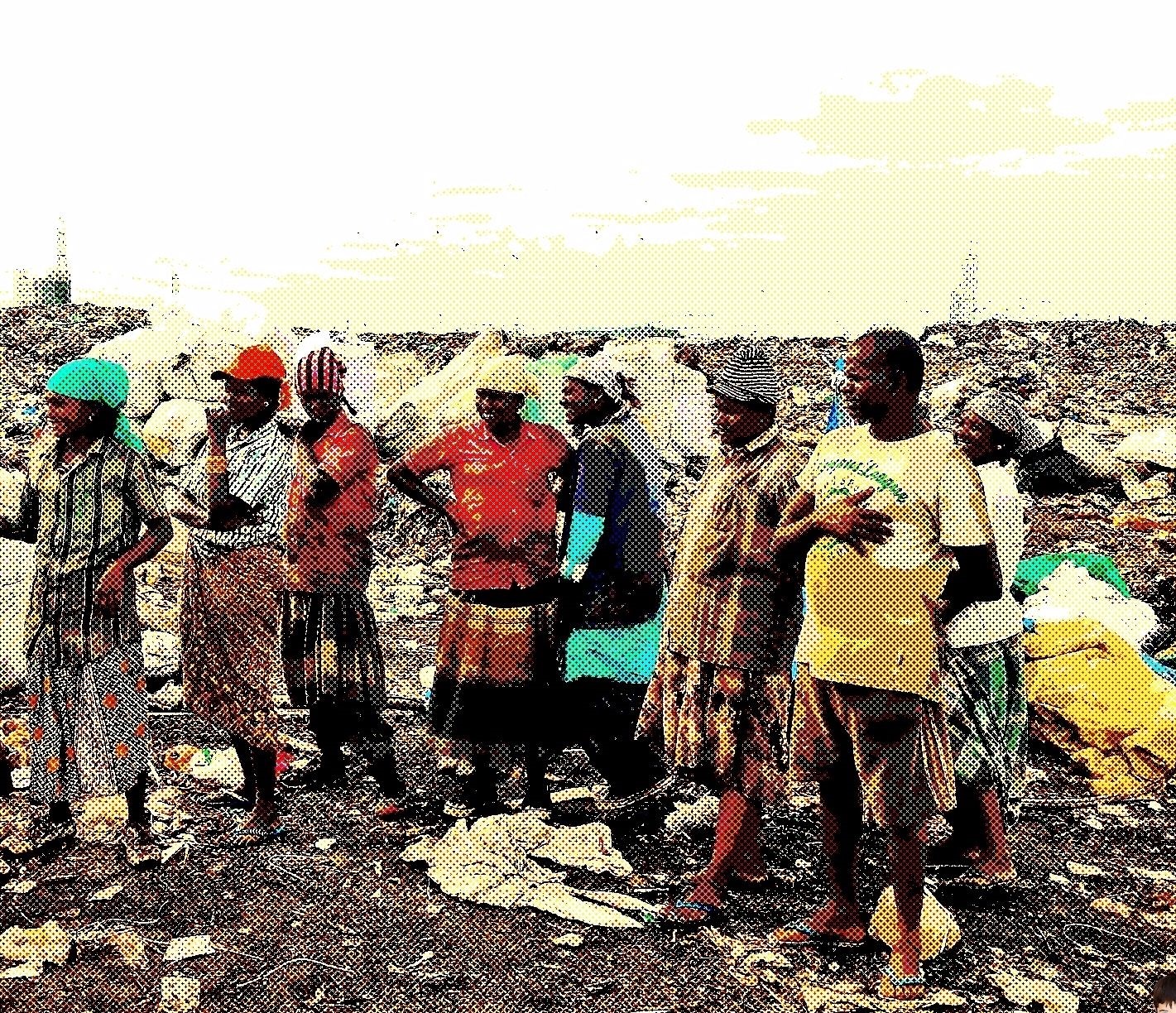
Informal waste pickers play an essential role in the economy’s production process. They collect reusable and recyclable material and sell them to scrap shops. The materials are collected from the street dumpsters, transfer stations and landfills. As much as they play a key role in the society, their contributions are rarely recognised, and they face social stigma and harassment from the police and local government authorities.
Waste in Adyar River
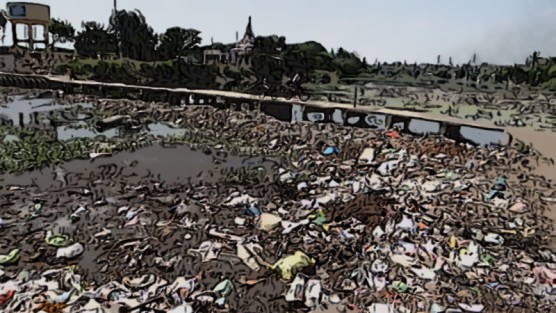
The Adyar river, once a source of pristine water, has been reduced to a sewer. Indiscriminate dumping of garbage and debris, sewage and industrial effluents in the Adyar River have caused it to become heavily polluted, killing aquatic life.